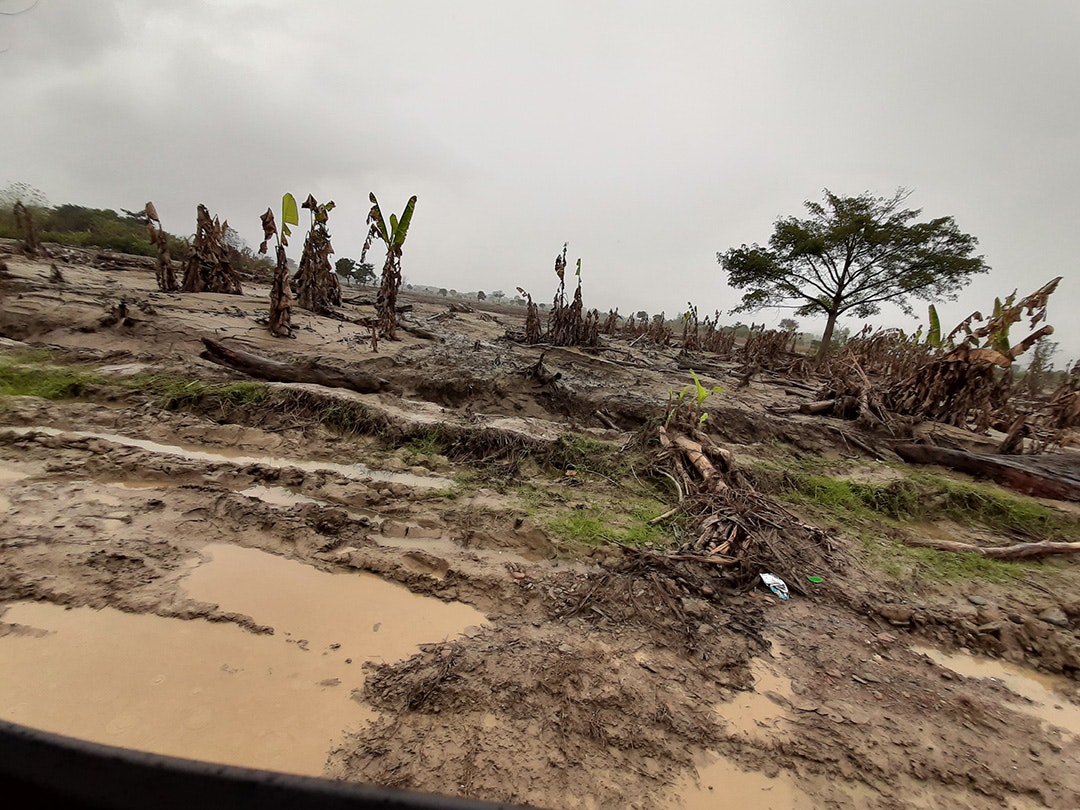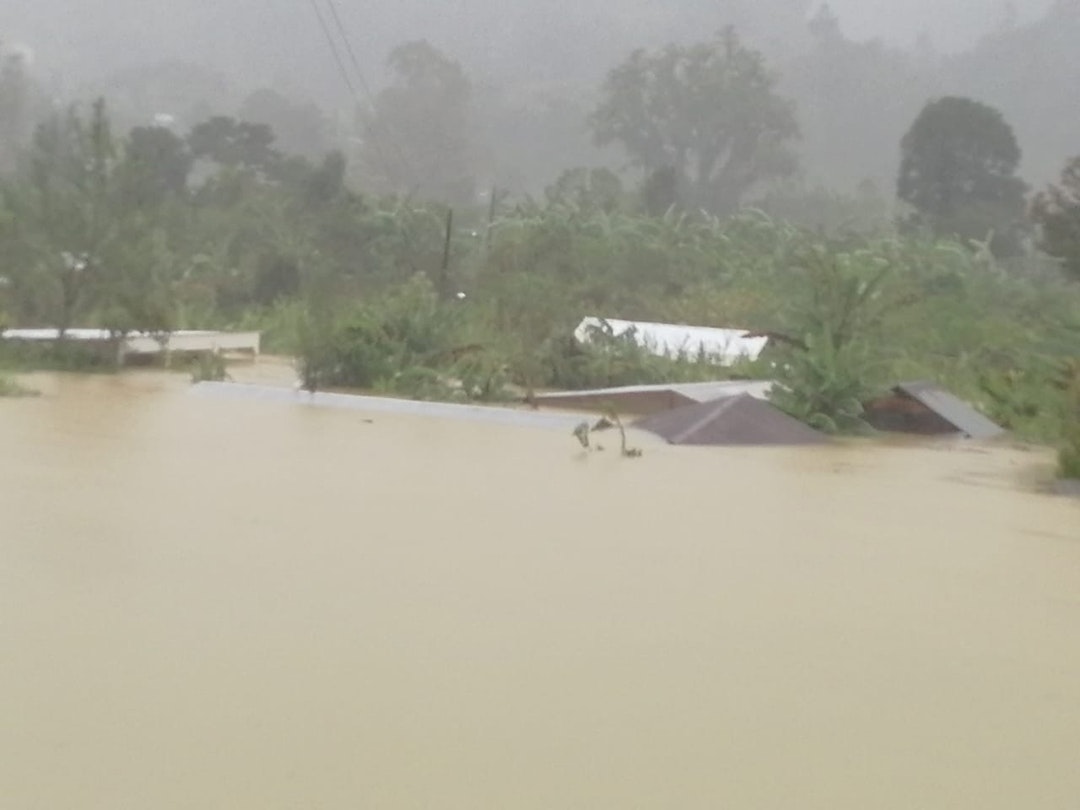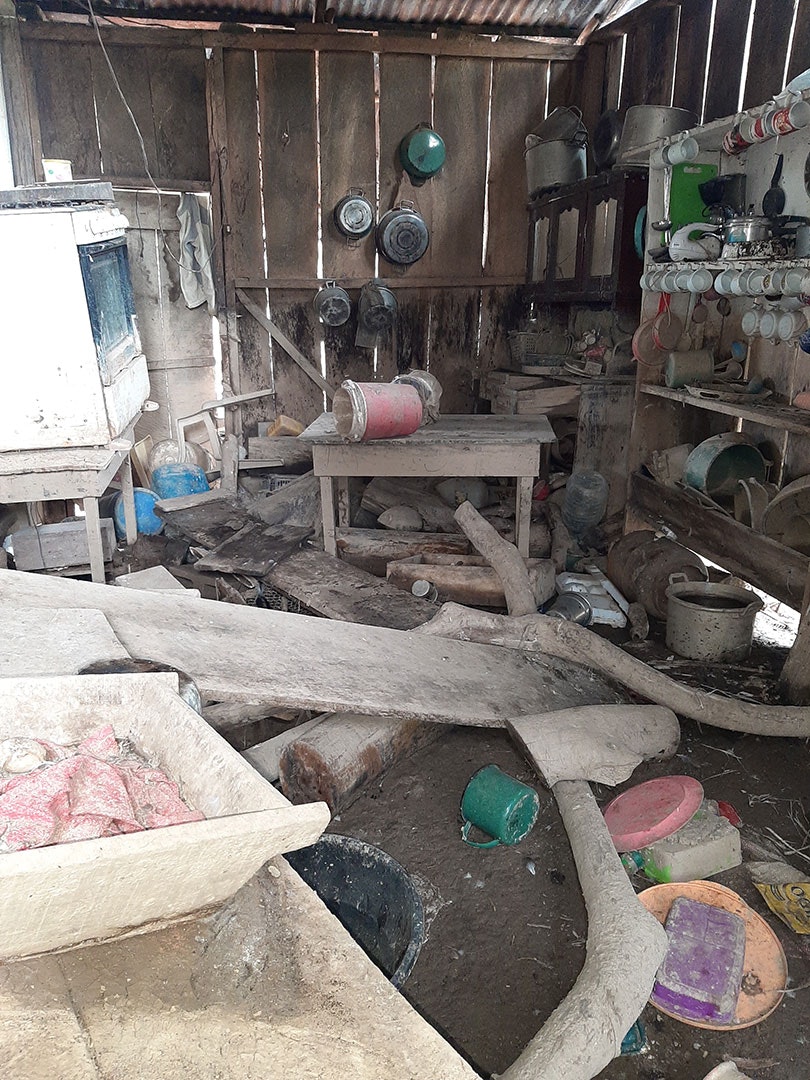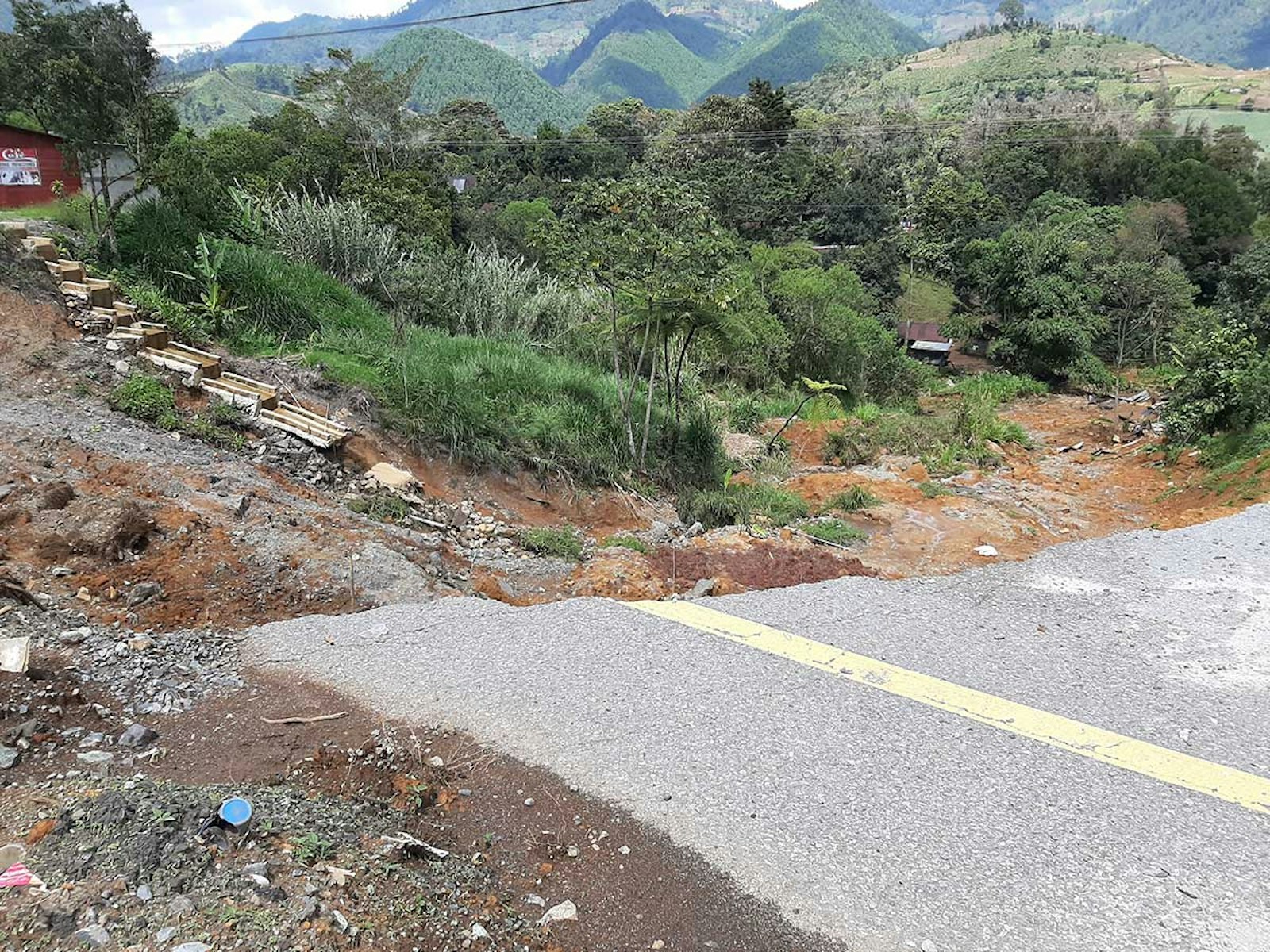We’ve been fortunate to work with author and teacher Deborah Chandler as a contributor for decades. Her work with Mayan weavers of Guatemala has always inspired us. When we learned about the devastating effects of the 2020 hurricanes on their communities, we asked her for information about how to help. —Editors
I wish this was a sweet story telling you how I sat with the fish-net makers and learned to knot fish nets, but it is not. It is, however, a story of hope, a story about getting fishermen who have lost everything back to work so they can start anew.
I’ve lived in Guatemala some 20 years now, and most of my time has been spent focused on weavers, knitters, basketmakers, and other textile craftsmen and women. But in November 2020, Guatemala was slammed by two powerful hurricanes within two weeks, and in short order, I became a small-scale relief worker (“small” only compared to the overall need).
The Scope of the Damage
These two hurricanes, Eta and Iota, caused countless rivers to flood and the water level in the country’s largest lake, Izabal, to rise so much that rivers could not empty into the lake, so they just spread out, covering everything within a mile on either side. That was in the lowlands, former jungle now inhabited by humans as well as snakes, alligators, and other swamp creatures.

A few miles from Lake Izabal, a few dead plantain trees remain.
In the more mountainous regions, there was tremendous flooding, due to bedrock that did not let the water leave, and mudslides did damage great and small, from washed out roads and bridges to, in one case, burying a whole village. Crops and homes were destroyed in half the country, on more than 338,000 acres, or more than 500 square miles, for almost a quarter of a million people.
Guatemala has hurricanes every year; they come at the end of the six-month rainy season, when the ground is already saturated, meaning the potential for disaster is always there. Sometimes the disasters are realized. In 2020, it was in spades.

The mountain village of Samac, in Alta Verapaz, is under all that water. It is the home of the weavers’ group Ix Balam Q’ue’, which you can read about in the book Traditional Weavers of Guatemala: Their Stories, Their Lives. Amalia Güe is their leader, who you might have met at the International Folk Art Market, in Santa Fe, New Mexico. Amalia sent me this picture from her cell phone, taken on Day Two of this nightmare. She and her family escaped to a chapel in a cemetery on higher ground.
Sitting safely at home in Guatemala City, knowing all this was going on just hours away, was hard. We heard from friends and relatives in the areas hit (see this map put out by the United Nations Office for the Coordination of Humanitarian Affairs), and it was all bad news. So, what could we do? The first immediate need was food and hygiene supplies for people living in every imaginable situation from schools to caves, and much of the country jumped in to help. But then comes the harder part, the long-term aid, working to get the lives of people who have lost everything back on track.

A kitchen in the village of Quineles, near the three point juncture of Guatemala, Honduras, and the Atlantic Ocean.
What's Being Done
Fortunately, my adopted family here has taken this on with great energy. Maritza is our team leader. In her job as Director of AMASURLI, which oversees the entire watershed of Lake Izabal, she has contacts in both government and private agencies in the worst flooded areas. The mandate from the Ministry of the Environment is, “Do anything you can to help.” So, she and her entire staff, as well as the family, have dedicated many days already, with more to come, to acquiring and delivering food, hygiene supplies, tools, household supplies, blankets, balls for the kids, and Christmas cakes to half a dozen communities, with the largest donations so far going to 112 families in two communities in the worst affected areas. We are gearing up for more in the coming month, which will include rolls of fish line for making nets, so those who live by the river and lake will be able to start working once again.
If you click on the map link above, you will see that the damaged areas are various shades of red, depending on how hard they were hit. Then there are some areas that are just blue—that means water, lots and lots of water. Those southwest of the lake, which appears white on the map, and near the Atlantic Ocean are where we are working, thanks to the donations of many friends in the United States and Guatemala.
The primary purpose of this post is to let you know what has happened and is happening in Guatemala, a story that affects a great many artisans. The second is to let you know how you can help if you feel so moved. What we are doing is important but small in view of the size of the disaster. Fortunately, many other people and organizations are helping as well. Here are two more I know that are good.
How to Help
Heidi McKinnon of Santa Fe, New Mexico, is working specifically with weavers’ groups in Alta Verapaz. To start with, her efforts have been focused on providing roofing materials. Now, they have a fund going that will be dedicated to buying looms and yarns, so the weavers can get started working again as soon as their homes are stable. If you want to support Heidi McKinnon’s efforts for the weavers of Samac, go to her GoFundMe page, Hurricane Eta Relief for Samac Cooperative. Heidi is planning to give each weaver $50 worth of materials, and she is aiming to supply 60 weavers to start. Of course, any size donation is welcome.
Another player in the relief work area is Rotary. There are a number of Rotary Clubs in Guatemala, and they are working in many locations, including the hard-to-get-to mountains of Huehuetenango and the Ixil region of northern Quiche. You can see pictures of their deliveries on their Facebook page. The big advantage they have over us is their size—they have a much broader reach, and like all of us, are putting all donations into aid, not administration. Esther Brol is the wonderful woman I have been corresponding with there, and if you want more information about their efforts, you can write to her in English or Spanish at [email protected].
As I said above, our efforts are supported by donations as well, and if you want to help, we are happy to accept. Please write to me at [email protected] for details about how to donate.
I know that there are more worthy causes than any of us can respond to, so if financial help is not an option, we still welcome good thoughts, prayers, hopes, and spreading the word. Thank you for caring; that’s all we are really hoping for.
Deborah Chandler is the co-author of Traditional Weavers of Guatemala: Their Stories, Their Lives (Thrums Books, 2018).

